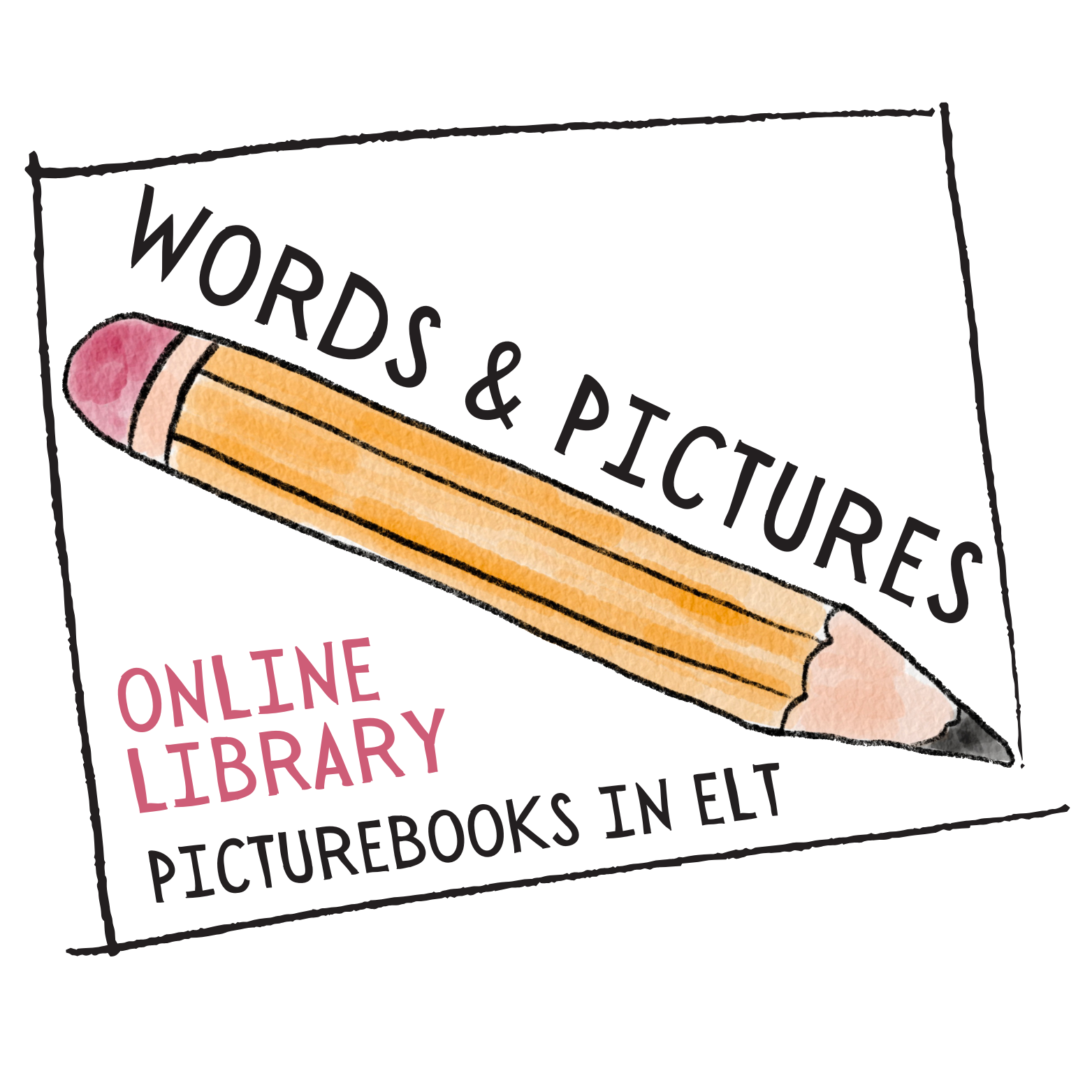“There is no exact right way of reading aloud, other than to try to be as expressive as possible [and] each of us will have our own special way of doing it.”
Fox, M. (2008), Reading Magic. Why Reading Aloud to Our Children Will Change Their Lives Forever, Harcourt Publishing.
Read More
Mediation refers to the support, often referred to as scaffolding, provided by the teacher when using picturebooks to help their learners construct meaning. It also encourages children to use English as much as possible to talk about what they see and what they understand, and to make links to their own lived experiences. Picturebook mediation is dependent upon the teacher using a combination of competences effectively to plan and manage an inclusive and effective picturebook experience. Picturebook mediation can be divided into three stages: .
- The pre-read-aloud which includes the picturebook selection and preparing for the read-aloud by finding a point of entry to ignite interest and curiosity and to stimulate prior knowledge. If necessary, this stage might involve pre-teaching some key language items and clarifying any unfamiliar cultural or contextual details. It is also useful to prepare yourself by rehearsing the read aloud to practice decoding the verbal text and how to use the punctuation as a guide as to when to pause or to give emphasis and to differentiate between dialogue and narrative, statement and question. Also look at how the pictures and words interanimate so you know when to turn the page as this will pace the read-aloud experience, unfold the story and convey mood.
- The read-aloud where the mediator uses a combination of techniques to create a multimodal, language-rich event. This is achieved by using expressive techniques to maintain the learners´ interest and concentration and to support them during the read-aloud.
- The post read-aloud will depend on the purpose for using the picturebook. For purposes ii. and iii. the teacher may plan a variety of multi-sensory follow-up activities which can stimulate the learners to think and reflect, and to give personal responses to extend their learning.
Read More
A read-aloud is a shared social experience where you and your learners share the emotions, the humour, the action the suspense, the anticipation and, the surprise of the story. You need to create a natural communicative situation where the learners can interact with you, the picturebook and each other. Picturebook read-alouds provide exposure to rich, authentic language and illustrations, which play an important role in the meaning-making process. The challenge for a teacher is to mediate the read-aloud effectively, so that the learners´ interest and attention is maintained and that, at the end of the read-aloud, they feel accomplished and positive about the experience.
Read More
Consider the following guidelines:
- Decide where you will sit or stand and whether you may need to walk around your classroom so all learners can hear and see you and the illustrations. around you. Do you have read-aloud space?
- Use read-aloud talk which goes beyond reading the picturebook verbal text and is used for:
- Managing the read-aloud and for familiar routines, setting up and closing the read-aloud, and inviting the children to join in with repeated words, phrases or refrains
- Giving information about the picturebook creators, talking about the peritext (front and back covers, endpapers, title pages etc) and teaching children the language related to this so they can talk about a picturebook and learn to appreciate its different features. Use the peritext to encourage children to predict content. Return to the peritext once you have shared the picturebook, to help children make connections. Teach children phrases they can use to talk about the picturebook, I think it will be a story about …., I like the way the illustrator has drawn the ……
- Asking questions to activate background or prior knowledge and involving the learners actively by relating the theme of the picturebook to their own experiences. Stimulate the learners to notice, predict, infer and think, and to reflect on the similarities and differences between their own lives and what they are discovering in the picturebook. Ask children to think about who the narrator is (e.g. which pronouns are used he/she/them, I/we) and what effect this has. Who is the assumed audience? Who are the main characters and how are they portrayed?
- Repeating key words or phrases or expand on some of the verbal text and saying something in a different way, as well as recasting use of shared classroom language. Describe what is happening in the illustrations, model being a thoughtful reader (e.g., giving personal interpretations, thinking aloud, hypothesising, pondering, speculating) and sharing personal information.
- Use expressive techniques including the body, eyes and voice, by using gestures, facial expressions, actions, positioning and posture, gaze and making eye contact with the learners, showing expression, meaning or emotion and varying the voice and how we use stress, intonation, tone, volume, pace and pause. Consider how sound effects, puppets, visuals, or realia can help convey the meaning of emotions, feelings and events and to support children’s understanding.
Read More
Ellis, G., Brewster, J. (2014). Tell it Again! The Storytelling Handbook for Primary English Language Teachers. British Council. pp. 25 – 27
Ellis, G., Mourão, S. (2021). Demystifying the read-aloud. English Teaching professional. Issue 136.


